When selecting the perfect winch for your off-road vehicle, boat, or utility needs, consider essential factors like winch capacity, line type, and motor type.
To ensure you choose a winch with the right capacity, start by using the 1.5 times Gross Vehicle Weight Rating (GVWR) rule, which involves multiplying your vehicle’s GVWR by 1.5.
This calculation will give you the minimum winch capacity needed for pulling your vehicle out of most challenging situations.
For example, a mid-size SUV with a GVWR of 5,000 lbs would require a winch with at least 7,500 lbs capacity.
However, terrain variations, vehicle modifications, and the need for solo recovery could require adjustments to this base figure.
Factors such as steep inclines, additional vehicle weight from gear, and recovery without assistance may necessitate a winch with 25-50% more capacity than the calculated base.
Key Factors to Consider
Winch Capacity: What Size Winch Do I Need?
The heart of a winch’s capability lies in its pulling power. It’s crucial to choose a winch with the right capacity.
Determining the ideal winch size for your needs. This involves focusing on your vehicle’s weight and typical usage scenarios.
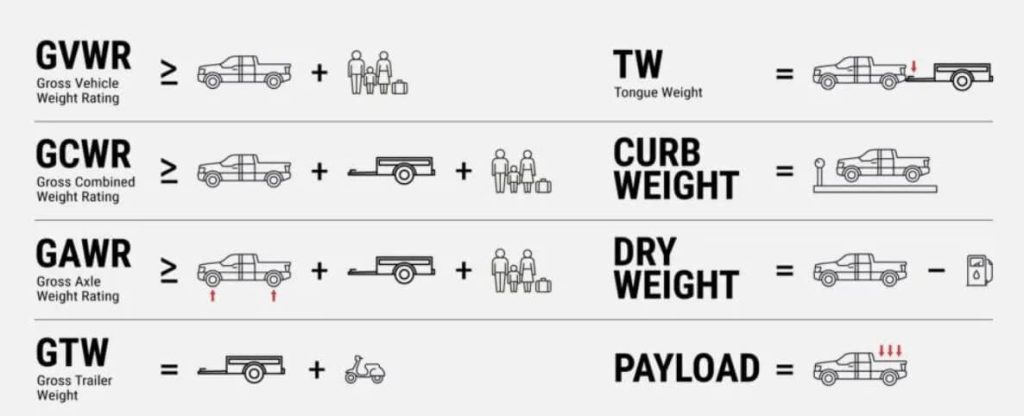
The 1.5 Times GVWR Rule: Your Starting Point
Just like Goldilocks and her porridge, choosing the right winch size is about finding the “just right” fit.
A widely accepted rule of thumb is the 1.5 times Gross Vehicle Weight Rating (GVWR) rule. Multiply your vehicle’s GVWR by 1.5, and voila!
You have the minimum winch capacity for pulling it out of most sticky situations.
Example: A mid-size SUV with a GVWR of 5,000 lbs should consider a winch with at least 7,500 lbs capacity (5,000 lbs * 1.5).
But Wait, There’s More!
Terrain, modifications, and solo recovery adventures can throw this rule a curveball. Consider these factors to ensure your winch packs enough punch:
- Terrain: Steep inclines, rocky trails, or mud demand extra muscle. Increase capacity by 25-50%.
- Vehicle Modifications: Heavier bumpers, mounts, or gear add weight. Factor them in when calculating the required capacity.
- Solo Recovery: Going it alone? Opt for a slightly larger winch for added confidence and safety.
Remember: It’s always better to have more than you need than be left short.
Advanced Calculations: Digging Deeper (Optional)
For those who enjoy the thrill of precision and want to conquer even the most challenging scenarios, let’s delve into detailed calculations. We’ll focus on two situations:
1. Righting a Rolled-Over Vehicle:
- Estimate Load Weight: Consider the vehicle’s weight and any additional cargo.
- Center of Gravity: Find the distance from the front axle to the vehicle’s center of mass (use online tools or consult your manual).
- Height: Measure the vehicle’s height.
- Winch Line Pull: Use the formula: Winch Line Pull = Center of Gravity Position * Weight / Height. This gives you the minimum pull needed to right the vehicle.
2. Moving the Load After Righting:
- Damage Resistance: Account for any damaged wheels using the formula: Damage Resistance = Weight * Damaged Wheels / Original Wheels.
- Rolling Resistance: Calculate this based on the surface type (road, gravel, grass) using online calculators or dividing weight by the ground factor (see table below).
| Surface Type | Ground Factor |
|---|---|
| Road | 25 |
| Gravel | 5 |
| Grass | 4 |
| Shingle | 3 |
| Mud | 2 |
| Sand | 2 |
| Soft Clay | 2 |
| Bogged to Axle | 1 |
| Bogged to Wheel Top | 0.5 |
| Bogged to Bonnet | 0.33 |
- Gradient Resistance: Consider the slope using the table below:
| Slope | Gradient Resistance |
|---|---|
| 0-15° | 0 resistance |
| 15-30° | 0.25 × weight of the vehicle |
| 30-45° | 0.5 × weight of the vehicle |
| over 45° | Full weight of the vehicle |
- Winch Size: Add the damage, rolling, and gradient resistances to find the required winch size.
Remember: These calculations are estimates and require careful judgment. Always prioritize safety and seek professional help when needed.
Bonus Tip: Check your vehicle’s manufacturer’s recommendations for specific winch capacity suggestions based on your model and intended use.
Line Type
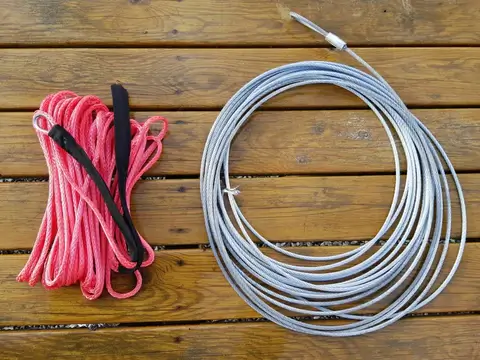
The debate between steel cable and synthetic rope is ongoing. Steel cables are known for their durability and resistance to abrasion, making them suitable for rugged environments.
On the flip side, synthetic ropes offer superior strength-to-weight ratios and are safer in the event of a breakage, as they don’t store as much energy as steel cables.
Motor Type
Winch motors come mainly in two types: permanent magnet and series wound.
Permanent magnet motors are more efficient for occasional use and are lighter, but they can overheat during extended use.
Series wound motors, conversely, are ideal for heavy-duty applications and perform better in cold weather conditions.
Other Important Features
Other features to consider include
- gear ratios, which determine the speed and power of the winch,
- control options (manual or remote), and
- Safety features like automatic brakes.
Choosing the Right Winch for Your Specific Needs
Off-road Recovery
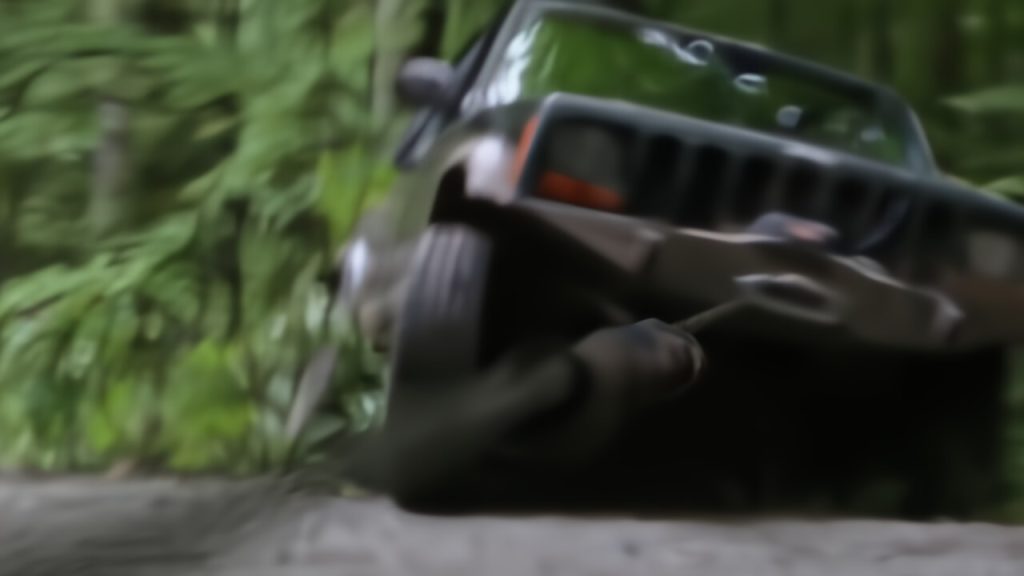
When it comes to off-road recovery, the demands placed on a winch are immense. The key is to select a winch with a high capacity, which means it should have pulled power significantly greater than the weight of the vehicle.
This extra capacity is crucial for situations where a vehicle might be stuck in mud, sand, or up a steep incline, as these scenarios require more force to pull the vehicle free.
Line Type
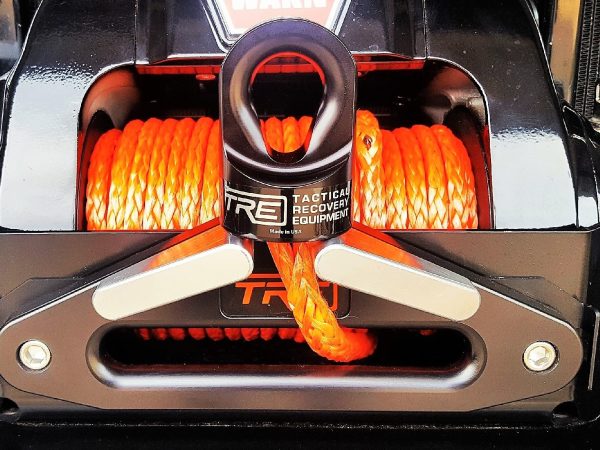
For the line type, synthetic rope is often preferred over steel cable. Synthetic rope is lighter, making it easier to handle, especially in challenging off-road conditions.
It’s also safer in the event of a breakage because it stores less kinetic energy than steel cable and is less likely to cause injury or damage.
However, synthetic rope requires more careful handling to prevent abrasion and UV damage.
Construction
The construction of the winch should be robust, capable of withstanding the rigors of off-road environments. This includes resistance to dust, mud, and water. A sealed motor and gearbox can prevent contamination and prolong the life of the winch.
Recommended Models
- Warn Zeon 10-S: This model is popular for its balance of power and reliability. It features a 10,000 lb capacity and comes with a synthetic rope.
- Smittybilt X2O: Known for its waterproof construction, this winch is ideal for muddy and wet conditions, common in off-road recovery.
Boat Launching
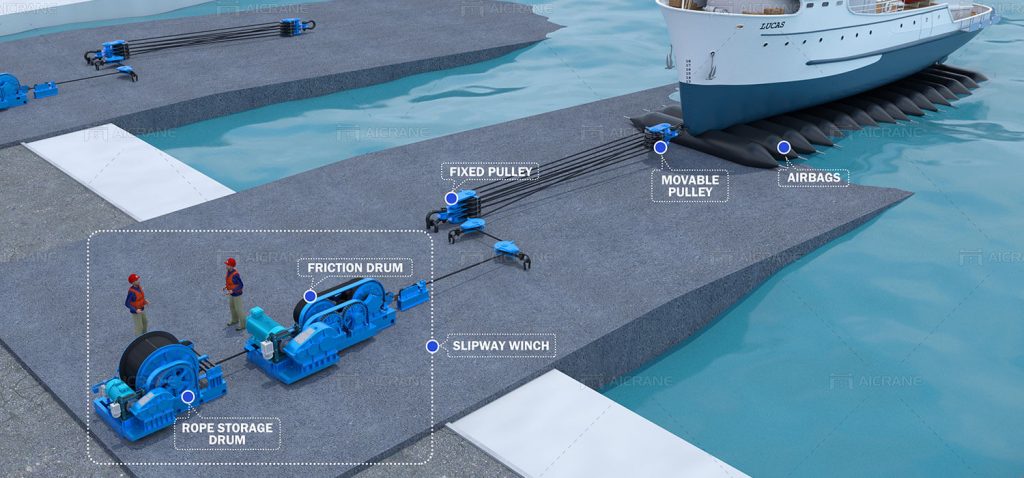
Launching boats requires a winch with specific characteristics to handle the unique challenges of a marine environment.
Pulling Power and Line Length
Adequate pulling power is essential to move the boat into the water smoothly. The winch should also have a longer line length to accommodate different boat sizes and varying water levels.
Corrosion Resistance
Since these winches will often be exposed to water and possibly salt, corrosion resistance is vital. This includes not only the line but also the winch’s mechanical and electrical components.
Recommended Models
- Powerwinch RC 30: Suitable for small to medium boats, this winch offers a good balance of power and line length.
- Megaflint Trailer Winch: Known for its corrosion-resistant design and ease of use, it’s a reliable choice for regular boat launching.
Utility Applications
For general utility purposes, such as moving heavy equipment or performing tasks around a property, versatility and ease of use are paramount.
Versatility and Portability
A versatile winch for utility applications should be portable, allowing it to be used in various locations and for different tasks. It should be easy to mount and operate.
Power and Convenience
While power is important, it should be balanced with convenience features like remote control operation and easy spooling.
Recommended Models
- Superwinch Terra 35: This model is known for its versatility, offering a good balance of power and portability, suitable for a range of utility tasks.
- Warn PullzAll: A portable electric winch, ideal for lighter-duty tasks, offering ease of use and convenience.
In each of these categories, the choice of a winch depends on the specific requirements of the task at hand. Considering these factors will ensure that the winch not only performs effectively but also lasts longer and ensures safety during operation.
Conclusion
Choosing the right winch is a balance of understanding your needs, the capabilities of different winches, and the specific features that will serve you best.
Remember, the right winch not only ensures your safety but also enhances your effectiveness in handling heavy loads.
Share your winch experiences or questions in the comments – let’s learn from each other’s adventures and expertise.

